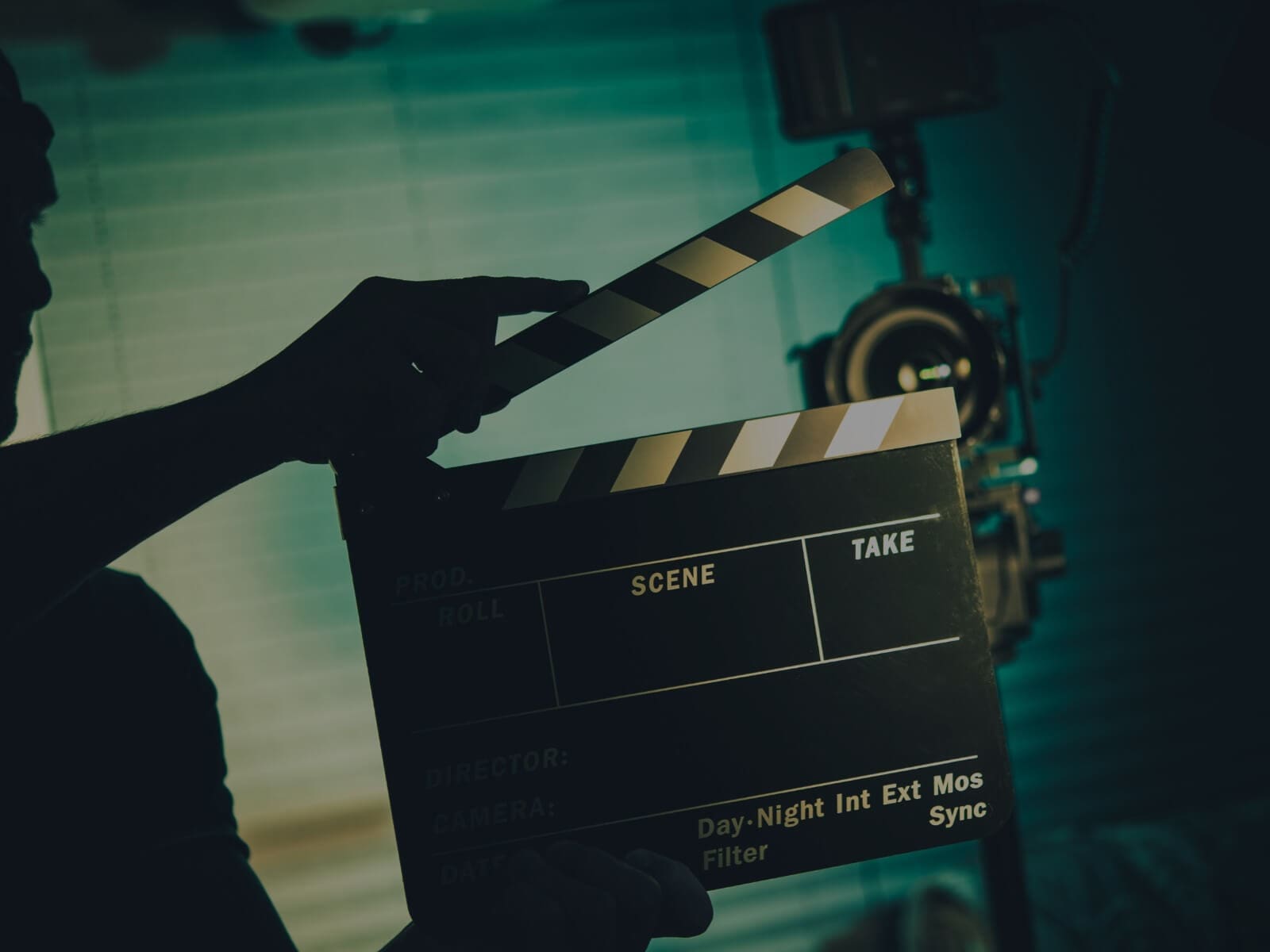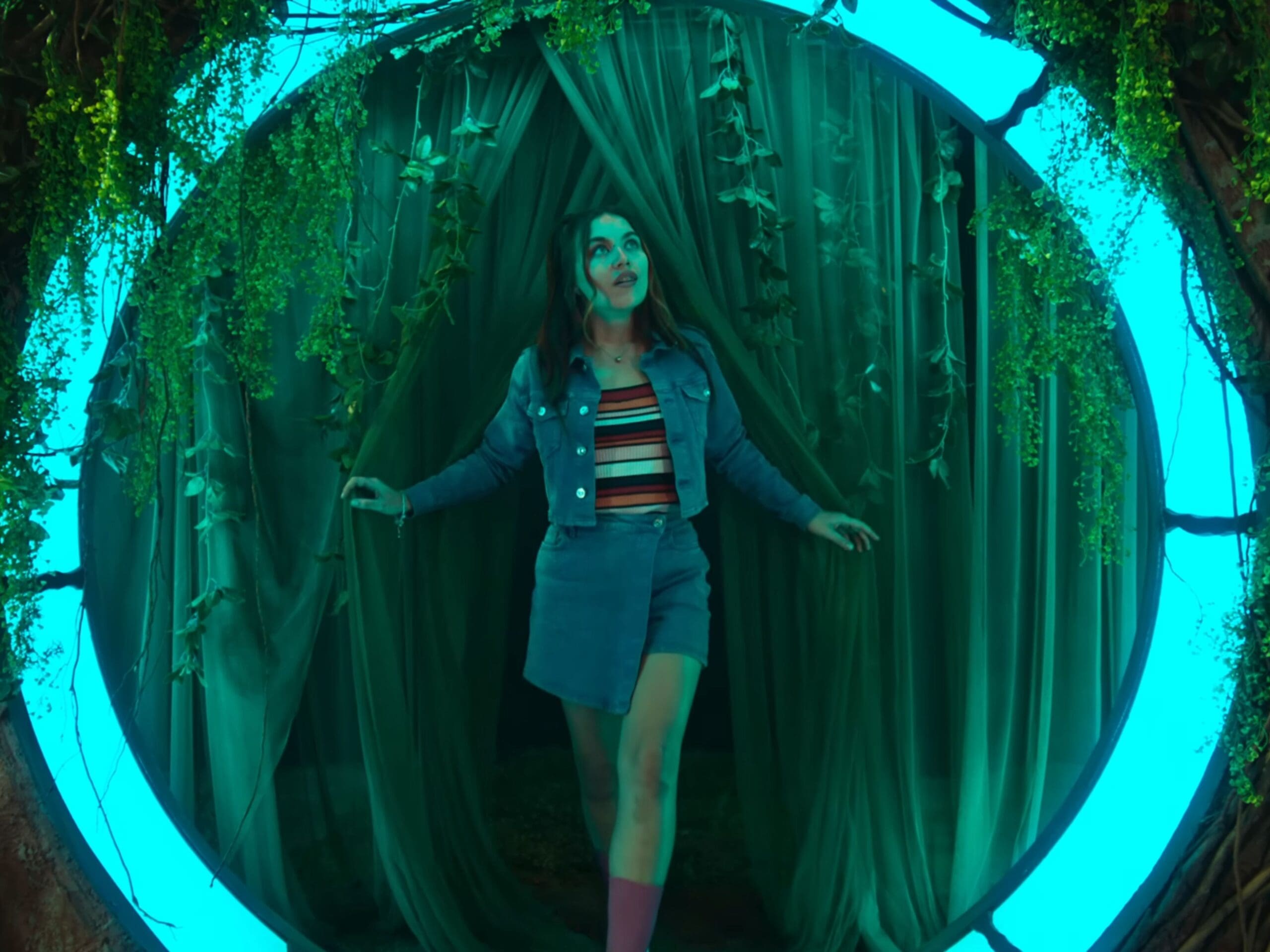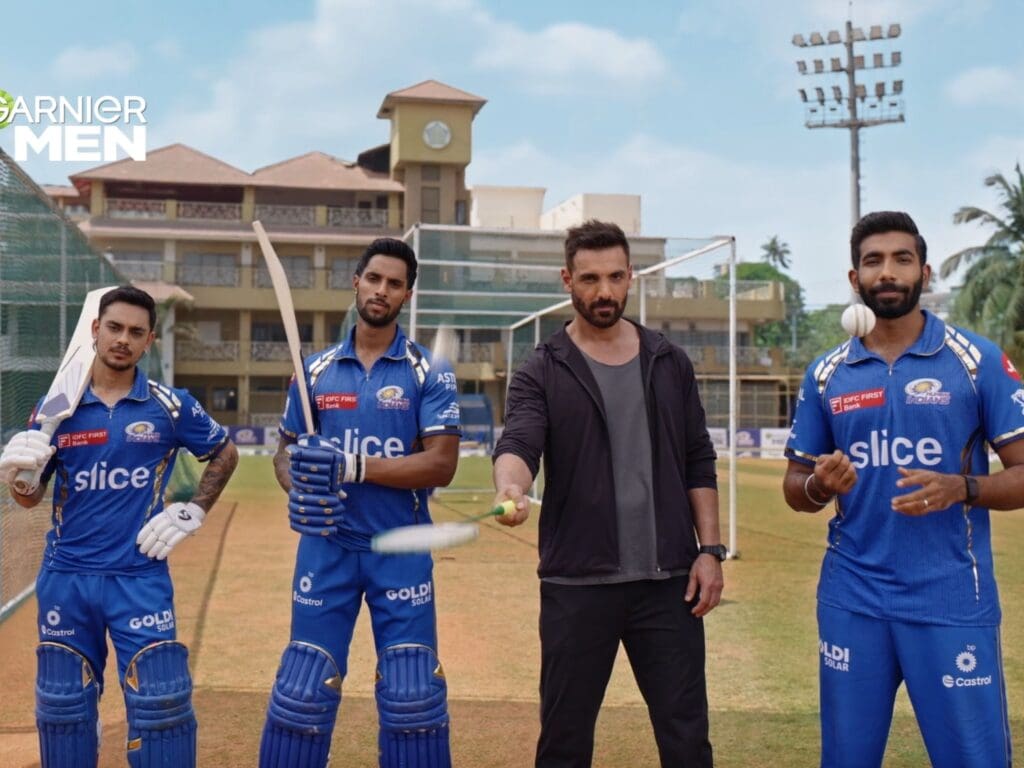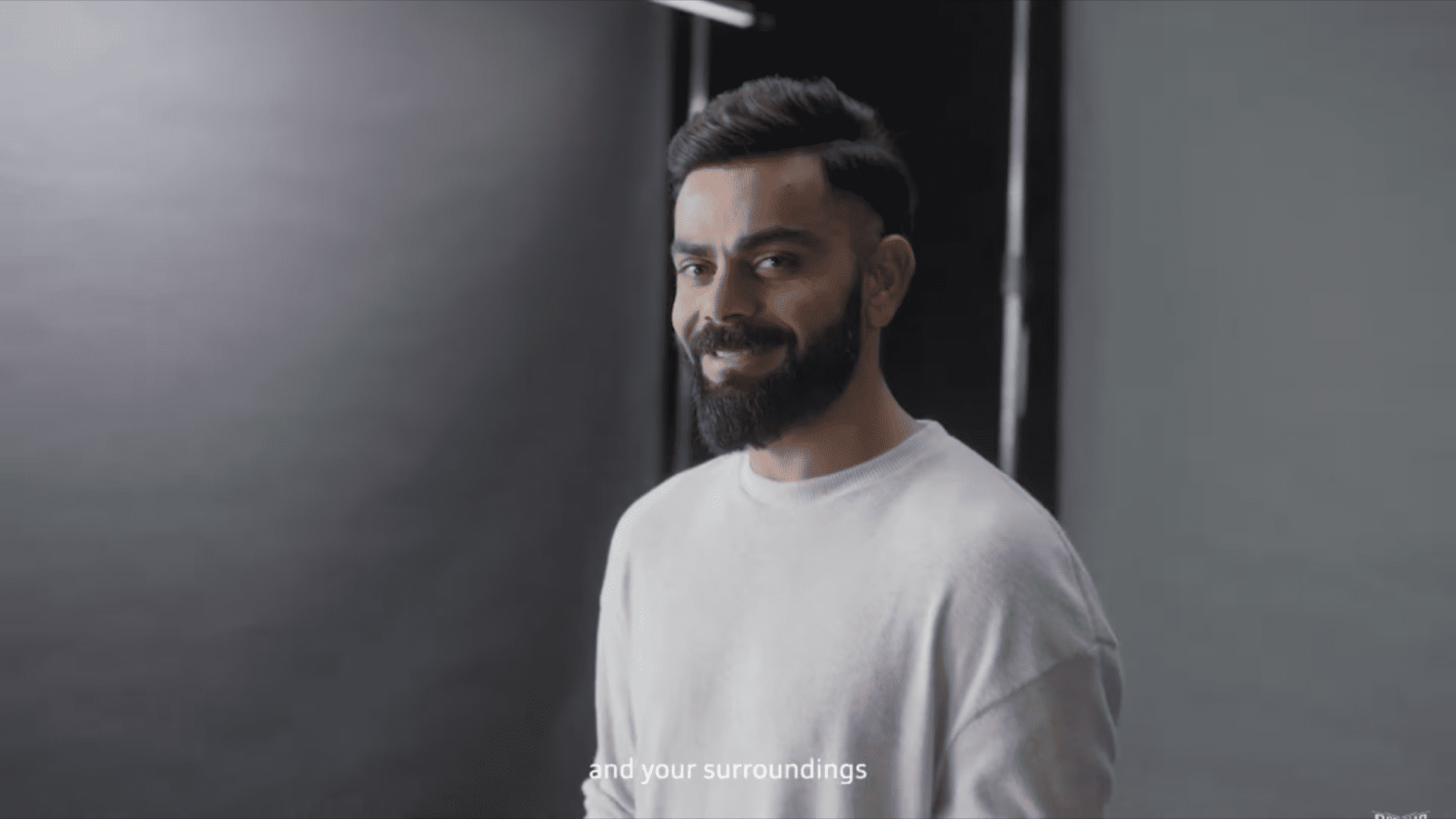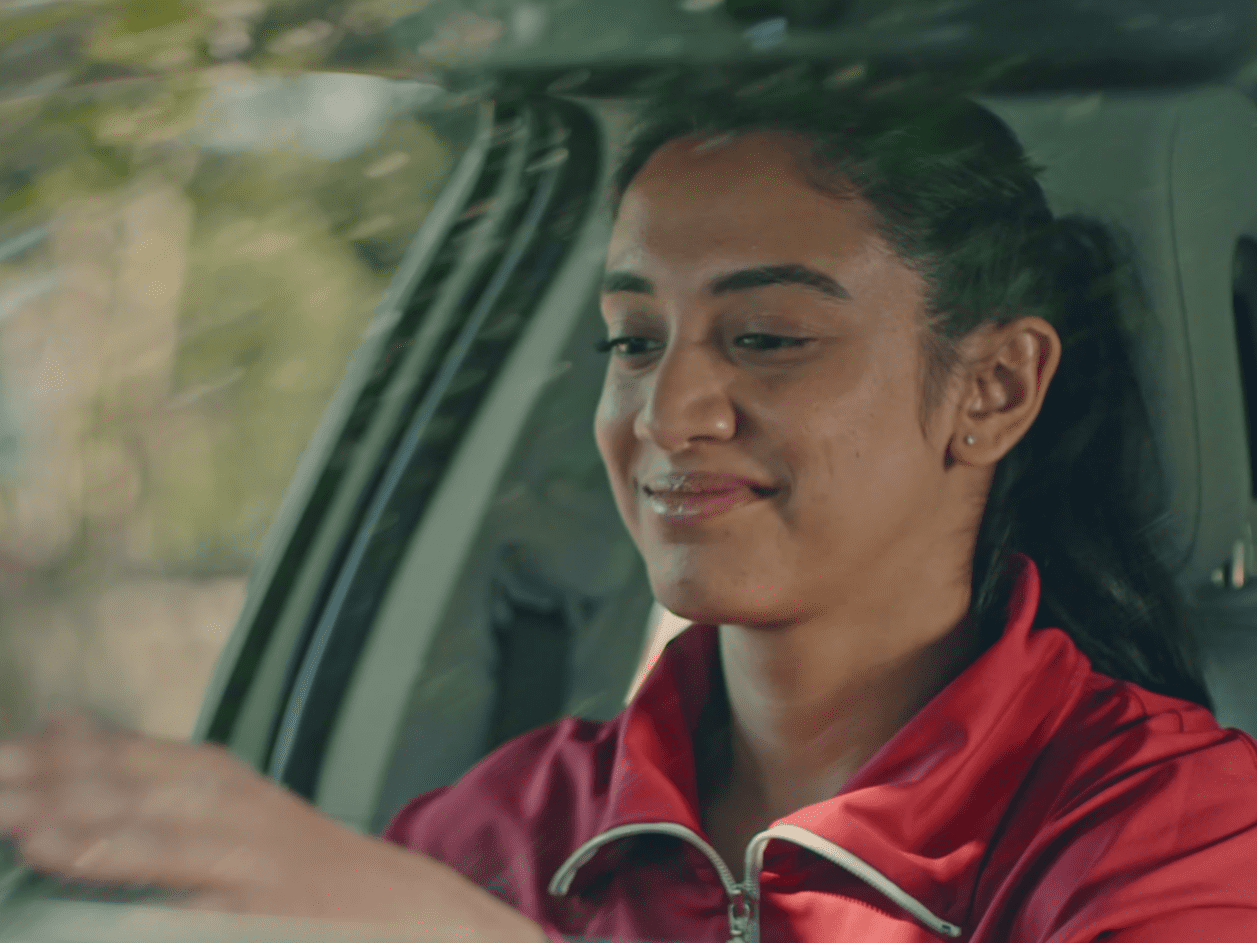Video content of any type is the rage right now and we see no good reason why it should not be! The kind of engagement, entertainment value and reach that video campaign have is very hard to match with any other type of content. Especially now, when even social media sites are transforming themselves into majorly video-sharing platforms, not creating video campaigns that add value is digging one’s own grave.
Indian brands are accepting this reality well and we are seeing some thought-provoking video content around. However, what goes behind these successful video campaign is seldom appreciated. It is not as easy as one might think, but with the right team and mindset, it is not impossible either.
Whether you are creating an explainer video, a promo video for your brand, or filming your podcast – we know how overwhelming it can feel, especially if it is your first time.
If you are looking for a blueprint on how to execute a video campaign in India from start to end, we got you! Read on and let us lift some weight off your shoulders.
- Pre-Production
The first phase of the video production process is called the pre-production stage and it covers everything from the creative planning, ideation and ends right before shooting the video. This is one stage that is neglected the most in India as brands dive straight into shooting in the most creative way possible. But without a concrete pre-production phase, even the most advanced production techniques fall apart. It is the backbone of the entire campaign.

- Video Objective – Defining a ‘core objective’ that you can stick to throughout the campaign is imperative. Each campaign can have a different objective like raising brand awareness or increasing engagement.
- Audience – Research your audience well and learn what are their needs, wants and expectations from your brand. Having a target audience in your mind is also very important.
- Reach & Platform –So now that you have a target audience in mind, how will you reach them? Deciding on this strategy is also important in the pre-production stage as there are numerous ways to reach your target audience through diverse platforms like TikTok, Discord, YouTube, Instagram, Facebook etc. Deciding on the kind of screens you want to reach also helps (mobile devices, desktops, screen mirror to TV).

- Budget & Timeline – Set a budget and deadline for the campaign that is strict yet realistic. This will help in maintaining a routine for the entire shoot.
- Script – You ultimately want to tell a story to the audience and no good story can be successful without a strong script. Starting with a brief, going section by section, being concise, supporting any B-roll with proper callouts, and sticking to the core message are some points you should keep in mind while developing the script. This will again vary according to the content of the video, be it a testimonial, narrative or something entirely different.
- Storyboard – A storyboard gives you a visual representation of what will be shown in the frame. It ensures that everyone in the creative team has the same picture in their minds as the end goal and is hence extremely valuable as a means of communication. It can be a basic outline to an intricate one, depending on the type of project.

- Location – Refer back to your video objective and storyboard to scout and secure the locations you need to tell your story. Make sure to anticipate and prepare for any issues you could have. For example, if you’re filming outside, have a plan in case it rains! For videos where your talent is simply speaking to the camera, find a quiet, well-lit space to ensure you get the best quality audio and visuals possible.
- Talent – Finding appropriate talent depends on the type of content you are planning to shoot. If you’re filming a scripted story with actors, you need to recruit your talent. If you’re recording a video testimonial, you need to approach your satisfied customers to talk about their experience on film. For video podcasts, it involves finding and inviting special guests to interview.
- Video Production House – The most important decision taken during the pre-production stage is selecting the production house or the production partner that will be handling the campaign. A good production house can take your video to the next level. Hence it is wise to invest in the top video production agency. Read our blog to know more (https://3.109.211.21/reasons-why-you-need-a-video-content-partner/)
2. Production
If you have chosen the best production house according to your brand, this stage is almost taken care of. All you need to do is be open with them in terms of communication and be clear about your campaign’s core objectives from the jump.
Depending on the type of video you’re producing, this step may include conducting interviews with guests, capturing b-roll footage, creating animations, and recording voice overs.

Always remember to keep your video objective a priority and refer back to the storyboard you created in the pre-production stage while you film your footage.
3. Post-Production
Post-production is the third and final phase of the video production process. This phase transforms your project from raw footage to a polished video ready to be distributed.
The last step includes the following elements:
- Editing – Editing the video involves selecting the best shots, cropping out the unnecessary parts, and putting each clip to create the right length video that contains relevant content only.
- Sound –Adding background music, cancelling noise and disturbance, and adding sound effects can completely lift the mood of the video and add the desired tone according to your brand.
- Colour grading, Online editing, VFX and Mix–You can use colour grading to adjust the aesthetics of the final output. Colour can define the mood of the video and it can be adjusted according to the exposure, white balance, graininess or clarity of the image, the colour and the contrast.
- Online editing is where you can matchthe final offline edit in full high resolution and fix any issues with the picture. It also encompasses titling, captioning and simple visual effects.If you need to create or manipulate imagery that was not captured live on camera, you can use VFX.

- After the video editing, sound mixing, colour grading and VFX arecompleted; it’s time to put it all together in one cohesive mix.When the video is finalized, it is exported and is ready for distribution.
By following these video production steps which include pre-production, production and post-production, you are giving yourself the best leg-up to have a successful video. Like every important thing in life, have a big picture in mind but take the process one step at a time!


